Royal Life Saving Australia report reveals men account for one-third of Queensland’s drownings as Gold Coast paramedics fear worst is yet to come
A shocking report reveals far more men than women are involved in drowning and near-drowning incidents on the Gold Coast. And authorities believe there’s a simple reason why.
Gold Coast
Don't miss out on the headlines from Gold Coast. Followed categories will be added to My News.
MORE than one person every week drowned in Queensland waterways last financial year — and paramedics on the Gold Coast say they’ve had a worse start this summer.
Three-quarters of the 62 drowning deaths recorded by the state in the year to June 30, 2020 were males.
The Sunshine State recorded the second-highest number of deaths in Australia’s waterways after NSW, which was responsible for 89 of the nation’s 248 fatalities. Tasmania and the ACT had the least deaths, with six and one, respectively.
A 21-year-old man from Victoria died in a canal near Broadbeach Waters on January 5 after an early morning swim, and Brisbane resident Alvin Prasad died after he went missing during a moonlit swim in December.
CAR THEFT HOT SPOTS ON GOLD COAST REVEALED
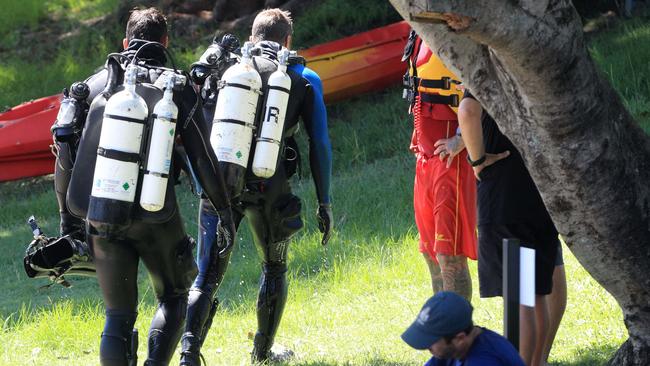
On January 6, a 17-year-old male narrowly escaped death after being found face down in the Gold Coast seaway and last month a toddler was rushed to hospital after a near drowning off SeaWorld Drive.
Queensland Ambulance Service senior operations supervisor Will Houghton said paramedics were being called to more “post-immersion” incidents at beaches, waterways and pools, compared to the same time last year.
“Since December we’ve had 23 drownings or near drownings compared to 17 last December,” he said
According to the Royal Life Saving Society’s National Drowning Report 2020, 13 Queenslanders aged 55-64 died in waterways, another 10 were aged between 65-74, and nine were between 25-34. Six children aged between 0-4 also lost their lives.
PARAMEDICS WARNING TO BEACHGOERS ABOUT ON INFLATABLES
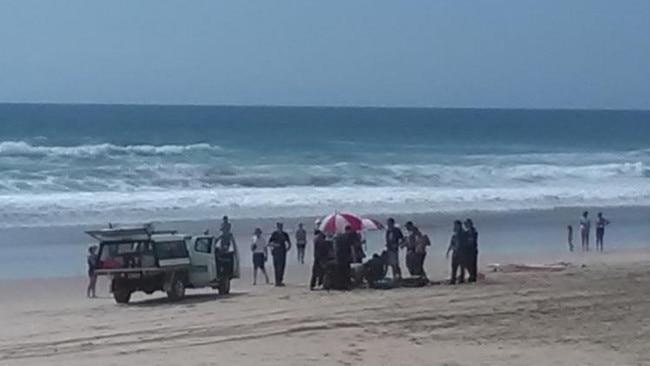
Nearly one-third (31 per cent) of all drowning deaths in the state occurred in the ocean or harbour, with drowning deaths at the beach and rivers/creeks each accounting for 19 per cent. Swimming pool drownings and lakes/dams both accounted for 13 per cent of drowning deaths.
Of the 248 Australians who died, 50 had pre-existing medical conditions, 27 were known to involve alcohol and 26 deaths involved drugs. Of the fatalities relating to drugs, 58 per cent related to prescription medication.
Royal Life Saving chief executive Justin Scarr said research showed that risk taking, use of alcohol and drugs, and the absence of appropriate safety precautions including life jackets were key factors in male drownings.
“Men taking risks and over-estimating abilities continues to be our greatest challenge,” he said. “We urge men to look out for your mates, while holidaying, camping and boating on rivers and lakes,” he said.
FULL DIGITAL ACCESS: JUST $5 A MONTH FOR THE FIRST THREE MONTHS
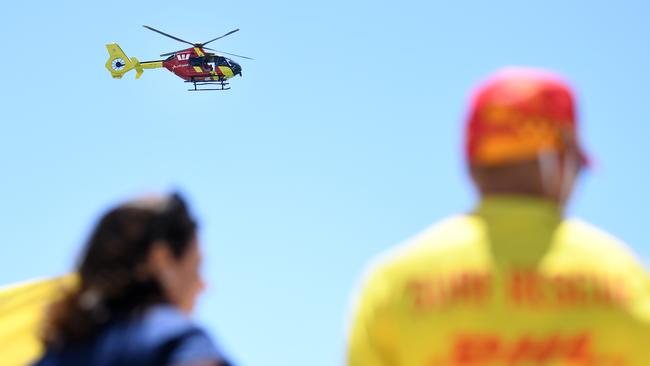
“The 52 per cent decrease in drowning of children under five is real progress. However, we caution parents against complacency. Check your pool fence and gate, and always keep watch.”
According to the Surf Life Saving National Coastal Safety Report 2020, males continue to be significantly overrepresented in coastal drowning data with 86 per cent for 2019-20 period.
The highest number of coastal drowning deaths for 2019-20 were aged 20-24 years and 25-29 years, with rip currents contributing to 25 per cent of coastal drowning deaths since 2004.
POOL GATE SAFETY WARNING FOR GOLD COASTERS
DROWNING is silent; there is no warning, no screaming.
This is the confronting message from pool safety advocate Laurie Lawrence to the tens of thousands of Gold Coasters who own pools.
“Pool owners very seriously need to take responsibility to ensure a safe swimming environment for their family and friends,” he said.
“I find it horrifying that despite 81 per cent of pool owners knowing a faulty, unlatched or propped-open gate was the most common reason a child gained access to a pool area unsupervised, one-in-five parents still have no idea what to check to ensure their gate and fence are secure.”
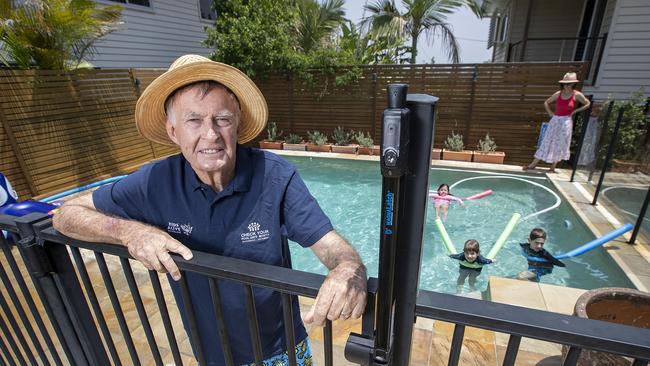
Mr Lawrence said pool owners needed to be methodical and consistent about checking pool gate latches and hinges regularly.
“A gate that’s not self-closing and self-latching provides instant access for toddlers to the pool area. Prevention is the answer and one of the key aspects of that is a safe, correctly fenced and gated pool.”
He said ultimately all backyard pool drownings were preventable and with swimming lessons severely interrupted due to COVID, the need for increased precaution this summer was more urgent.
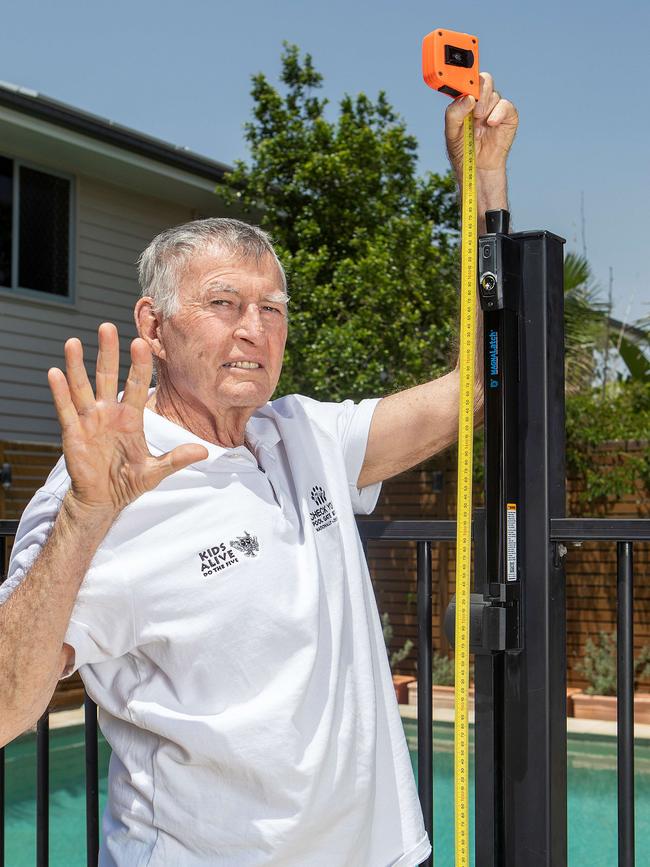
“Learning to swim is the number one drowning prevention method, but world events have stopped that for many families,” he said.
“And unfortunately research from industry body Swim Australia shows 41 per cent of parents have no plans to put their children back into lessons over the next 12 months.
“This is a big red flag for me and means we need to be extra vigilant about the other water safety methods available to us, like a secure gate, fence and constant supervision.”
Visit checkyourpoolgate.com to download the Sense Of Summer Guide.


